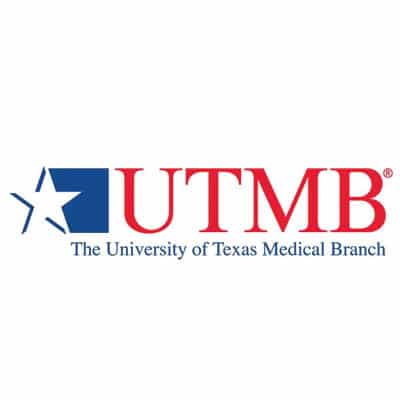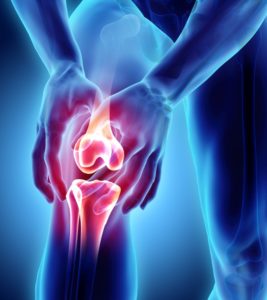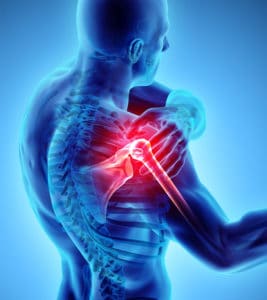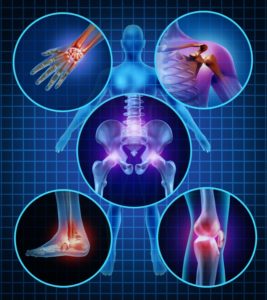Biceps Tendon Injury
What is the Biceps Tendon?
The biceps muscle functions to flex and bend the elbow and to rotate the forearm. The biceps has two tendons (long head and short head) that attach it to the shoulder glenoid/scapula and one tendon that attaches it to the elbow. Injuries to the biceps tendon can result from repetitive overuse, overhead activities, heavy lifting, a fall or other trauma.
What is a Torn Biceps Tendon?
A damaged biceps tendon can become frayed and eventually tear at its attachment site. This tear can occur either at the shoulder joint or at the elbow joint.
- Shoulder joint- more common over the age of 60 and can also occur with rotator cuff injuries. A PROXIMAL biceps tendon tear is an injury to the tendon where it enters the shoulder.
- Elbow joint- more common in middle-aged men either due to heavy lifting, sports or trauma. A DISTAL biceps tendon tear is an injury to the tendon where it attaches to the elbow.
What are Symptoms of a Bicep Tendon Injury?
- Sudden and severe pain in either the shoulder or elbow area
- Tenderness, bruising, cramping or a “pop” sensation at the time of the injury
- Visible deformity over the biceps, often referred to as a “Popeye” sign
- Pain and weakness with bending the elbow and rotating the arm from a palm down to a palm up position
How do you diagnose a Bicep Tendon Injury?
Dr. Natividad will perform a thorough physical examination and in many cases an MRI scan will be performed in order to confirm the severity of the tear.
When does a Bicep Tendon Injury require Surgery?
Many PROXIMAL shoulder level biceps tendon injuries can be treated conservatively with ice, rest and anti-inflammatory medications (NSAIDs). Patients may also be referred for physical therapy in order to restore flexibility and strength.
Some PROXIMAL biceps tendon tears may benefit from surgery depending on the patient’s activity and physical demand level. This can include reattachment of the tendon either arthroscopically or in some cases with a small incision to reattach it to the upper arm (humerus)
Almost all DISTAL elbow level tears require surgical intervention in order to reattach the tendon to the elbow to restore elbow function and strength.













